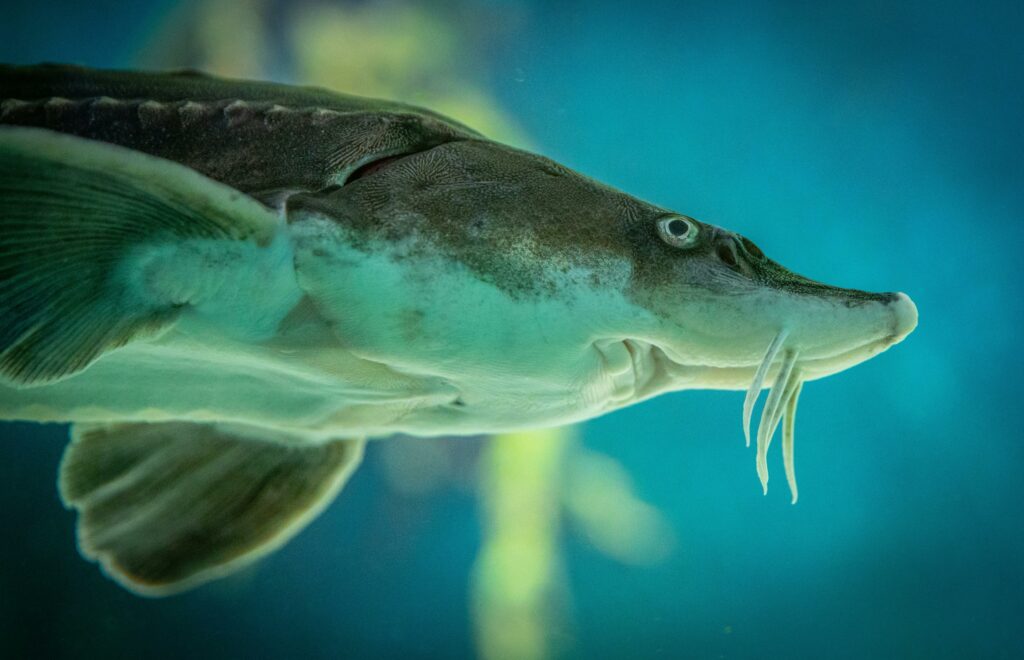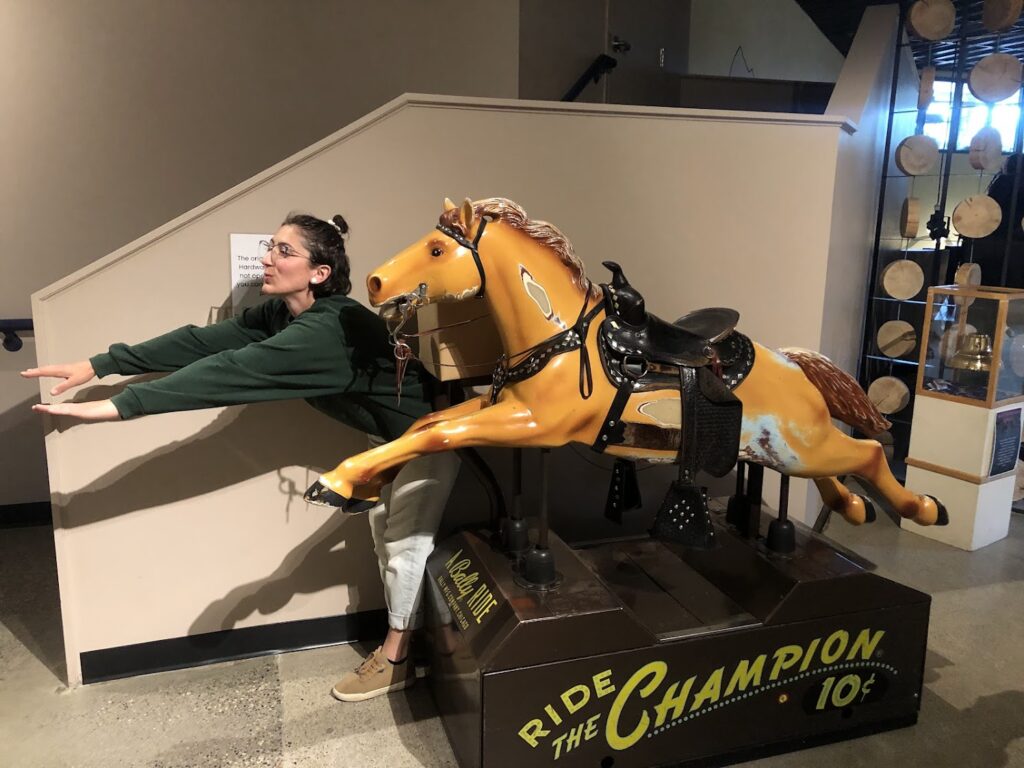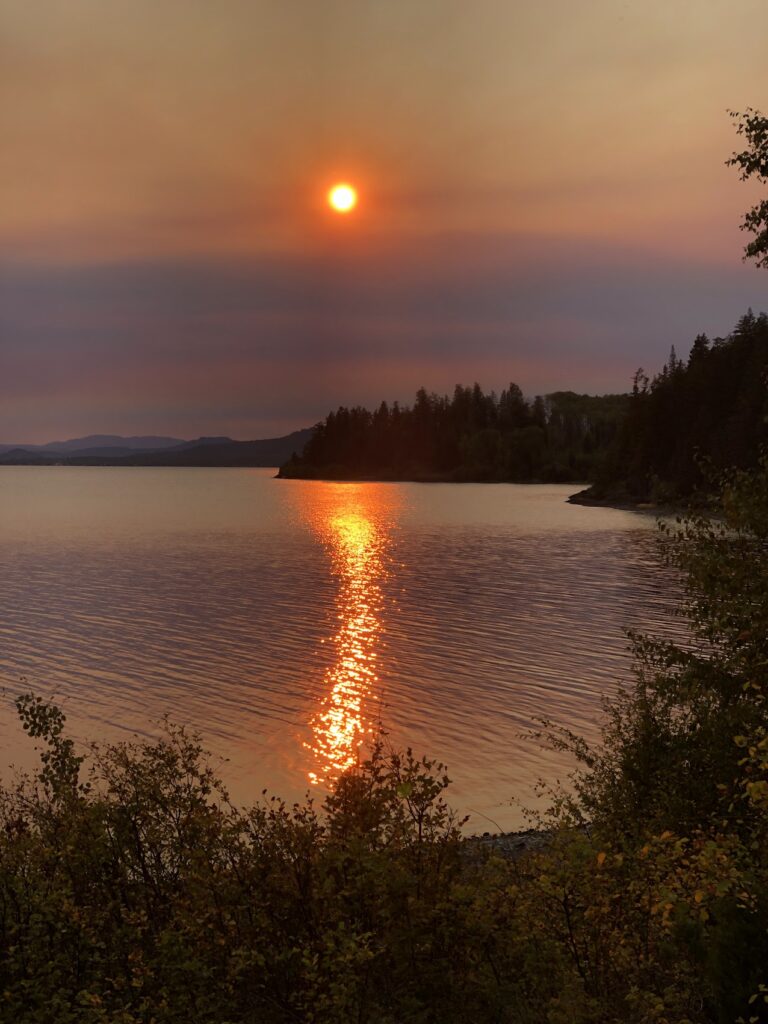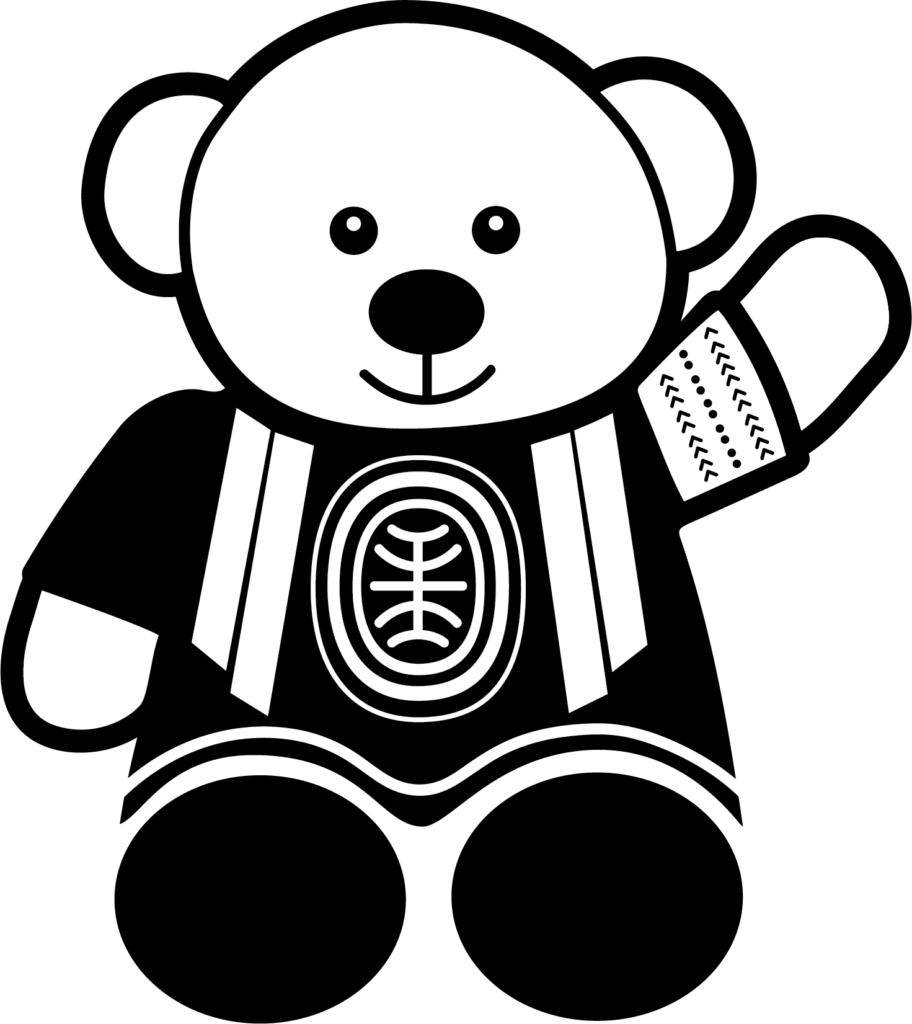In Block 4, for Jennifer Pighin’s class, EDUC 351 Curriculum and Instruction: Second Language, we went to The Exploration Place, located in Lheidli T’enneh Memorial Park. For me, and at least a few others that I know of in the cohort, this was my first time going to The Exploration Place as an adult, having last been there as a child. I believe, I was still in elementary school at the time. Though I recall what I always assumed to be a giant pirate ship, which used to occupy the centre of the museum, and offer what felt like hours of interminable jungle-gym type play, I was not forlorn to find it absent. In its place, were so many things to satisfy both my inner child, and adult curiosity and interest. There were live sturgeon, in a tank with a bubble in the centre that you could crawl into to look at the fish, from the inside looking out! Sturgeon are totally scary and cool: prehistoric fish.
In Dakelh, the white sturgeon is know as lhkw’encho.

Photo from Pexels by Egor Kamelev.
The museum also had content regarding environmental change–heck yeah–hydroponics, with a multitude of plants lining the entrance walls and the slide of old that used to be in the ship I remembered.
I also got a picture with Champ, the Prince George famous horse of the downtown Northern Hardware and Furniture. Champ was ridden by many Prince George Youth as far back as the 1950s, and until the store closed in 2019, 100 years after it first opened, it still cost the original $0.10 to ride. Champ is now located in the museum. Can he still give rides? I was too excited to check!

Photo by Andrea Fischer of Champ and myself.
Finally, and on top of all that, there was a portion of the museum dedicated to showcasing the Indigenous and settler-colonial history of Prince George, intertwined and riddled with dynamics of power, as they are, both now and then. While we were there, I felt as though many of my classmates were proud of our fellow citizens, and our city, to see the work that the museum is doing with the Lheidli T’enneh. In many ways, Prince George is still steeped in the trades and resource extraction and, unlike many other cities which are considered hubs in their regions, we seem to hold more tightly to older ways of doing things. Some of these ideas benefit us greatly, and contribute to the well being of the city at large. Others benefit some few greatly, and at the expense of other groups. So, seeing the history of both “sides” was saddening and heartening, similar to how I often feel doing the work of Truth and Reconciliation.

Photo by Isabelle Côté. The sun glowing red because of the BC wildfires: beautiful and horrible, the fire, the ashes, the fight, the light.
It is saddening to hear such horrible truths, and yet, it is heartening to know that voices that were once silenced are now being heard. With everything out in the open, healing is now possible, with a genuine relationship through reconciliation on the far horizon, and not in a move past the past and forget it kind of way. The work that is being called for, and which folks are trying to achieve, is a continued narrative where the faults are forgiven but not forgotten. Because we are moving forward from a tainted slate, rather than a clean one, in true practice of human healing, the scar stays, even when the wound is gone: a reminder of what has been done, and how. It is my wish that the story of healing and moving forward then shines brighter in light of the scar, which instead acts as a reminder to keep promises, recognize shared values, and also value differences.
I would quickly like to add two things! Firstly, while we were there, the museum had a display on Spirit Bear. Later in the term, some peers of mine shared a bunch about Spirit Bear as their final project for our EDUC 351 class–what a treat for the rest of us, and they said they enjoyed making the project too! Spirit Bear is a very cool bear, who does some excellent work and has a very interesting story to tell. Please check him out if you don’t know him, and if you do think you know him, go learn something new about him. That sus is always on the move!

“A member of the Carrier Sekani Tribal Council, Spirit Bear represents the 165,000 First Nations children impacted by the First Nations child welfare case at the Canadian Human Rights Tribunal, as well as the thousands of other children who have committed to learning about the case and have taken part in peaceful and respectful actions in support of reconciliation and equity.”
First Nation Caring Society
Learn more about Spirit Bear here.
The second thing I want to say is thank you to Alyssa Leier, the executive director, for giving us such a lovely tour, and also, for telling us about the resources accessible through The Exploration Place website! I can’t wait to use these in the classroom. Check them out under resources in the “The Exploration Place” tab at the top of their website!
P.S. Spirit Bear also has a lot of good learning activities and lessons available through his home page at the First Nation Child & Family Caring Society, though he would probably recommend you check out all of First Nations Caring Society’s website, and not just his page, for even more learning and resources!
Works Cited
Balzer, Jess. “Prince George’s Northern Hardware shutting its doors after 100 years”. Prince George Citizen. Nov. 20 2019. www.princegeorgecitizen.com (Accessed 08 2024).
Bennison, Sam. “Exploration Place celebrates one year after renovation”. CKPG. Nov. 15 2023. www.ckpgtoday.ca (Accessed 08 2024).
First Nations Caring Society. www.fncaringsociety.com (Accessed 08 2024).
Poser, Bill. Lheidli Carrier Dictionary. www.billposer.org/LheidliCarrierDictionary/dicttop.html (Accessed 08 2024).
The Exploration Place. www.theexploration place.com (Accessed 08 2024).